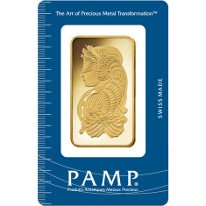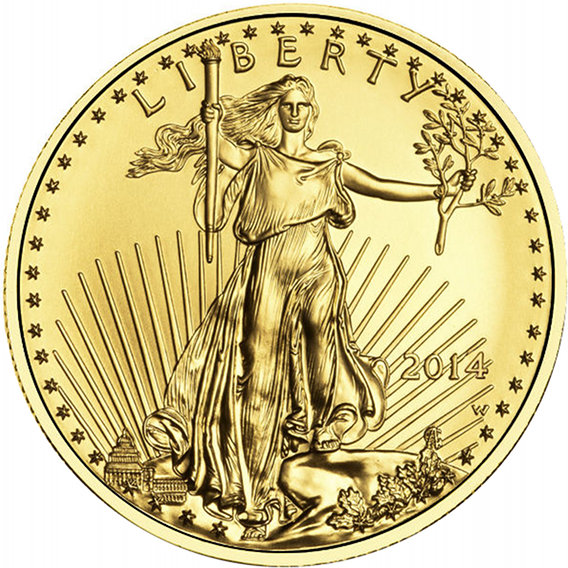Free Gold Price Widget For Your Website
This feature is only supported in the desktop browsers. Please visit this page in your desktop browser to retrieve the widget.
Share live gold prices with your website followers or on your blog, using our free gold price widget. To get started, please select one of the size dimensions from the drop-down menu below, and copy the code from the Widget Code text box and paste it into the desired position in your page. If you have any trouble, please contact us at support@jmbullion.com.
Widget Preview
Widget Code
Gold Prices in Philippine Pesos
Gold is exchanged all over the world. Although gold is often transacted in U.S. Dollars, the yellow metal can be quoted in and traded in any currency. Prices are typically quoted by the gram, ounce or kilo. If you are in the Philippines, for example, you would see gold prices quoted in the local currency, the peso.
The Philippine Peso is the official currency of the Philippines. Like many other currencies, the peso can be subdivided into 100 smaller currency units known as centavos.
Currency for the Philippines is produced by the Bangko Sentral ng Pilipinas, or central bank of the Philippines. The central bank is located in Quezon City.
Like other central banks, the central bank of the Philippines maintains part of its reserves in gold. According to Tradingeconomics.com, the central bank had gold holdings of 196.18 tons as of the third quarter of 2016. It appears the central bank has been actively buying gold, as according to the same source the central bank has increased its holdings in recent years.
Gold Pricing in the Philippines
Gold is a global commodity and it is traded and sought after all over the world. Prices for gold in the Philippines can see periods of relative quiet and periods of heightened market volatility and price swings. In addition, the gold market may at times get into a strong price trend in either direction.
The gold market can be affected by numerous potential factors. Some of the biggest potential influences on the price of gold include central bank purchases or sales, interest rates, currency markets, inflation, investment demand and more.
Global central banks may purchase gold bullion to diversify their reserves and give credibility to their currency. Individual investors may purchase gold coin and bullion also to add diversification to their holdings. In addition, gold may potentially provide a meaningful hedge against such issues as inflation and declining currency values.
The Economy of the Philippines
The economy of the Philippines is in transition, switching from a primarily agricultural economy to an economy focused on the manufacturing and services sector. The country is considered and emerging market economy and it could see significant expansion in the coming years.
The Philippines exports copper, petroleum, fruits, coconut oil and more. The country is heavily involved in shipbuilding as well, with major shipyards in Subic, Batangas, General Santos City and Cebu.
The Philippines has abundant mineral and geothermal resources. The nation’s mining and extraction sector is an important component of the country’s economy as well. The country has deposits of silver, coal, gypsum, sulfur and more. The deposits of nickel, chromite, gold and copper are considered to be some of the largest in the world.
Tourism also plays a vital role in the nation’s economy and employs a large number of citizens. It makes up a significant amount of the nation’s GDP. The nation’s major trading partners include Japan, the U.S., Germany, Thailand, Singapore, China and more.
Although the country has some of the largest gold deposits in the world, it is not one of the world’s largest gold producers. The nation has numerous issues to work through in order to tap the full potential of its gold mining resources. Some of these issues include various laws, land rights issues and environmental concerns.
The Philippines could potentially become a major player in the world’s gold supply. The country’s path in the gold mining sector will likely depend on its government and other factors. Making it easier for mining companies to do business in the country could potentially attract significant foreign investment. As global demand for gold continues to rise, the nation could potentially derive significant economic benefits from its natural resources. Higher gold production in the country could have a large impact on overall GDP, and could potentially have a bullish effect on the nation’s currency.
As the country’s economy, expands, demand for gold could potentially increase. Higher employment and higher wages can potentially fuel demand for gold jewelry as well as gold for investment purposes.
World Gold Prices
- Arab Emirates Gold Price
- Australia Gold Price
- Brazil Gold Price
- Canada Gold Price
- Chile Gold Price
- China Gold Price
- Czech Republic Gold Price
- Denmark Gold Price
- Europe Gold Price
- Hong Kong Gold Price
- Hungary Gold Price
- India Gold Price
- Indonesia Gold Price
- Israel Gold Price
- Japan Gold Price
- Malaysia Gold Price
- Mexico Gold Price
- New Zealand Gold Price
- Norway Gold Price
- Pakistan Gold Price
- Philippines Gold Price
- Poland Gold Price
- Russia Gold Price
- Singapore Gold Price
- South Africa Gold Price
- South Korea Gold Price
- Sweden Gold Price
- Switzerland Gold Price
- Taiwan Gold Price
- Thailand Gold Price
- Turkey Gold Price
- United Kingdom Gold Price
- United States Gold Price










